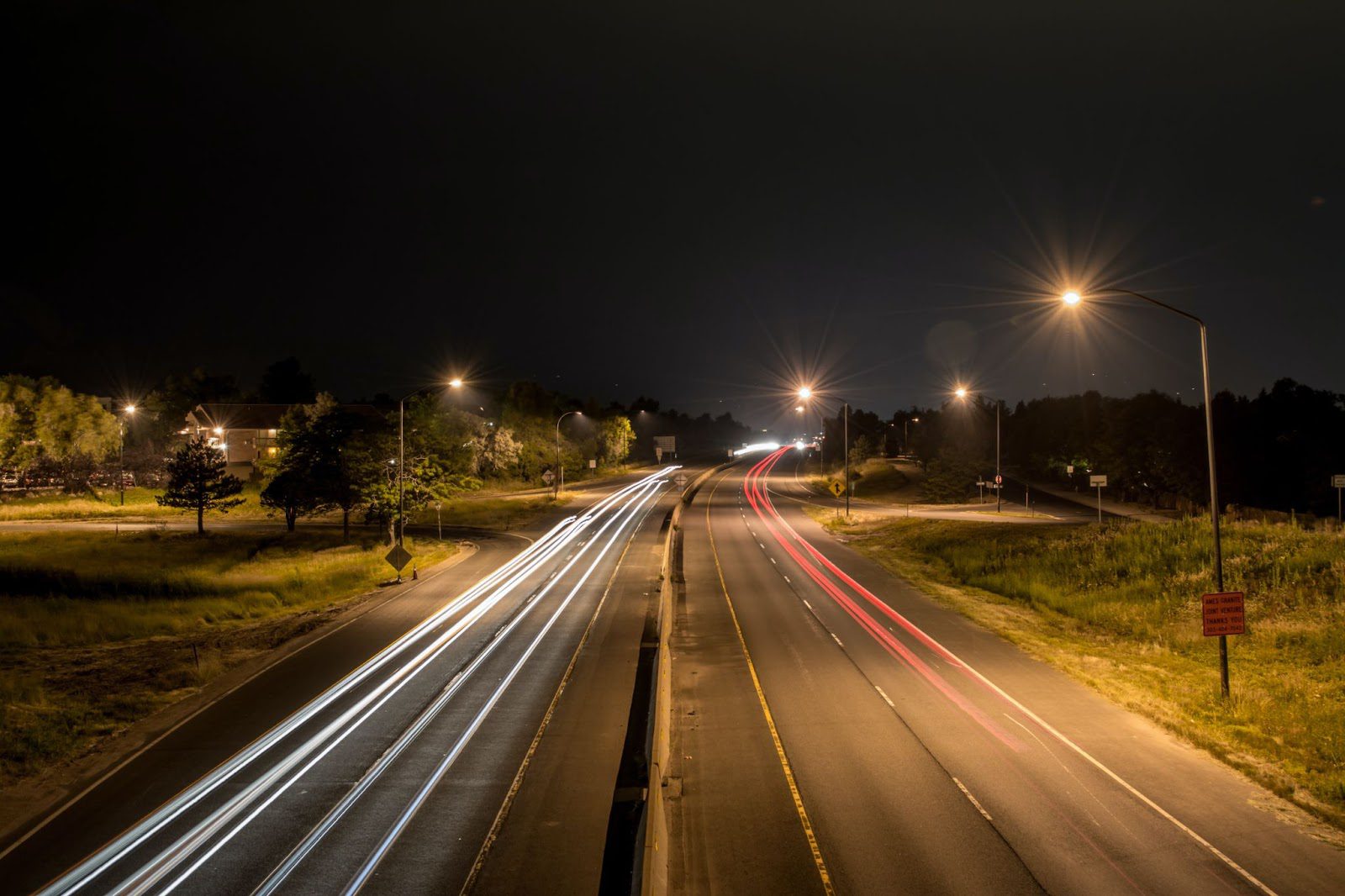
Nighttime driving presents its own special challenges, both in South Africa and elsewhere. To stay safe behind the wheel when it is dark out, you need to be familiar with the specifics of driving at night.
On The Road – Best Practise For Driving At Night
Driving at night calls for extra caution because of the reduced visibility. It’s smart to take it easy so you have time to deal with any surprises that may come your way. Creating a buffer or safe distance between you and the vehicle ahead gives you the necessary braking space, which could mean the difference between a safe stop and an unfortunate incident.
Making a point to take breaks and rest ensures you’re at your best while behind the wheel. Staying focused on the road requires minimising distractions, especially mobile phones. Dimming dashboard lights can also help reduce glare and provide a clearer view of the road ahead.
South Africa’s diverse terrain means drivers need to be constantly aware of road conditions. Hazards such as gravel or potholes might not be so visible at night. Using your ‘brights’ can extend visibility, but ensure to change over to dimmer lights to avoid blinding any oncoming cars.
Safety Measures for Solo Drivers
Driving alone comes with its own set of challenges. A co-passenger not only helps in keeping the conversation going, ensuring the driver remains alert but can also be valuable in case of emergencies.
It is important to keep an eye out for potential dangers while traveling or waiting. To ensure your and your passenger’s safety, keep an eye out for anything out of the ordinary, and if something does not feel right, proceed with caution and stay out of harm’s way.
Route Selection and Your Valuables
Choosing the right route can significantly influence your driving experience. Illuminated paths, naturally, offer better visibility and are generally safer. On the other hand, dark backstreets or unfamiliar terrain can be unsafe, so sticking to well-known, well-lit roads is advisable.
While driving during the day or night, it’s important to keep personal items like phones, wallets, and jewelry out of sight. This not only discourages potential thieves but also ensures the driver isn’t distracted.
Being Prepared for Unexpected Situations
It is impossible to predict when an emergency will occur. But it is possible to be ready for anything. It is helpful to have a first aid kit on hand in case of minor injuries. You should always have the basics on hand, like a flashlight and a spare tire.
Also, making sure your cell phone is charged is very important, especially in case of an emergency or a car breakdown. Pay extra attention at intersections, especially if the lights are out. Finally, it is important to remember that as helpful as features like cruise control can be, they should be used with caution when driving at night. If you are visiting in winter, take steps to ensure that you are aware of the upcoming weather conditions, and make sure that you are not caught in dangerous downpours while navigating the roads at night.

Additional Tips for Nighttime Driving
It is important to practice safe driving habits as well. It is especially important to keep a safe distance when driving larger vehicles with longer stopping distances. Also, staying hydrated during long journeys improves concentration, keeping you alert throughout.
With its clear skies and peaceful landscapes, driving at night in South Africa can be very exciting. However, safety should always come first. Drivers can make sure their trip is memorable by being alert, good planning, and following the tips given.




